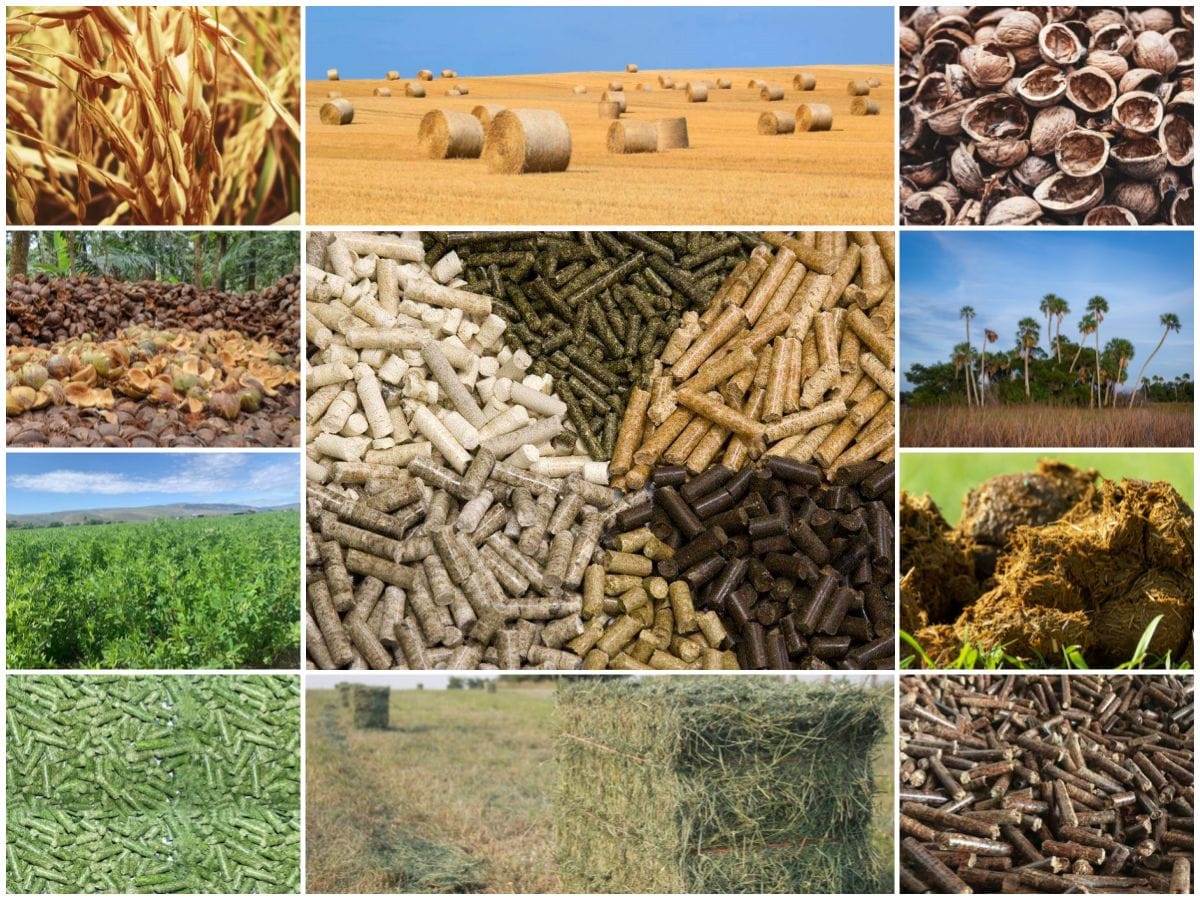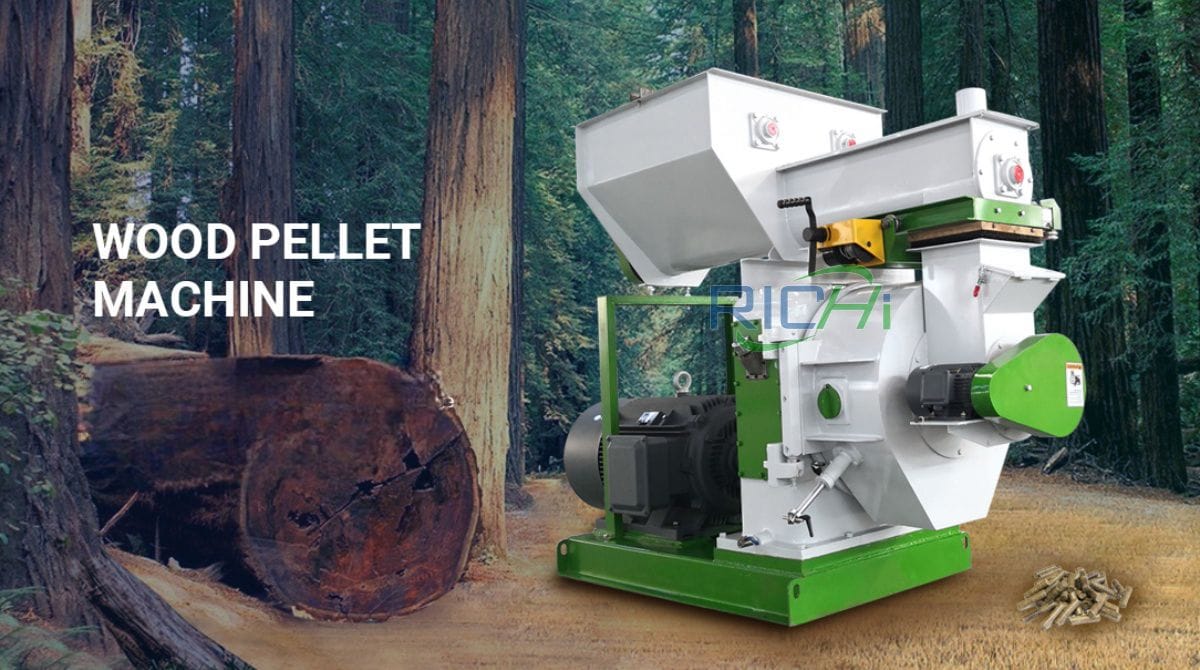In the ever-evolving landscape of renewable energy solutions, wood pellets have emerged as a game-changer, offering a sustainable and efficient alternative to traditional fossil fuels. As the demand for these compact, energy-dense pellets continues to soar, the wood pellet making machine has become an indispensable piece of equipment for manufacturers and producers alike.
However, one of the critical considerations in establishing a wood pellet production facility is the cost of the machinery itself. In this article, we delve into the intricate world of wood pellet making machine prices, exploring the factors that influence these costs and the strategies to optimize investments.
Understanding the Cost Components
The wood pellet making machine price is influenced by a multitude of factors, each playing a crucial role in determining the overall investment required. These cost components can be broadly categorized as follows:
- Machine Type and Capacity: The type of wood pellet making machine and its production capacity are among the most significant determinants of cost. Larger, industrial-scale machines with higher throughput capabilities typically command higher price tags compared to smaller, residential-scale units.
- Manufacturing Quality and Brand Reputation: The quality of the machine’s components, the manufacturing processes employed, and the brand reputation of the supplier can significantly impact the overall cost. Reputable brands with a proven track record of quality and reliability often command premium prices.
- Automation and Technology Integration: The level of automation and integration of advanced technologies, such as computerized control systems, real-time monitoring, and data analytics, can substantially influence the machine’s price. More sophisticated and technologically advanced machines tend to be more expensive but offer enhanced efficiency, productivity, and ease of operation.
- Customization and Additional Features: Many manufacturers offer customization options and additional features to tailor the machine to specific production requirements or feedstock characteristics. These customizations can increase the overall cost but may be necessary to optimize the machine’s performance and output quality.
- Shipping and Installation Costs: Depending on the machine’s size and weight, as well as the distance it needs to be transported, shipping and installation costs can add a significant portion to the overall investment.
- Ancillary Equipment and Infrastructure: In addition to the core pellet making machine, various ancillary equipment and infrastructure may be required, such as feedstock handling systems, cooling and drying units, and packaging equipment. These additional components can contribute substantially to the overall biomass pellet project cost.
Factors Influencing Machine Prices
While the cost components provide a general framework, the actual price of a wood pellet making machine can vary significantly due to several influencing factors:
- Production Scale: Larger, industrial-scale machines designed for high-volume production typically command higher prices compared to smaller, residential-scale units. However, economies of scale may offset some of the cost differences for larger machines.
- Feedstock Characteristics: The type of feedstock being processed can impact the machine’s design and specifications, influencing its price. Machines designed to handle a wider range of feedstocks or more challenging materials may be more expensive.
- Geographic Location: The geographic location of the manufacturer and the buyer can impact shipping costs and import duties, potentially affecting the overall machine price.
- Market Demand and Competition: High demand for wood pellet making machines can drive up prices, while increased competition among manufacturers may lead to more competitive pricing.
- Technological Advancements: As new technologies and innovations emerge in the wood pellet making industry, early adopters may face higher costs for cutting-edge machines, while later adopters may benefit from more affordable options as the technology matures.
Cost Optimization Strategies
To ensure the financial viability and long-term success of a wood pellet production facility, it is crucial to implement cost optimization strategies when purchasing a wood pellet making machine. These strategies may include:
- Thorough Market Research: Conducting comprehensive market research and comparing prices from multiple reputable suppliers can help identify the most cost-effective options while ensuring quality and reliability.
- Scalability and Future Expansion: Investing in a machine with scalable capacity or modular design can accommodate future growth and expansion, potentially reducing the need for costly replacements or upgrades down the line.
- Financing Options: Exploring various financing options, such as leasing, loans, or government incentives, can help alleviate the upfront capital burden and improve cash flow management.
- Maintenance and Operational Costs: While the initial purchase price is important, it is equally crucial to consider the long-term maintenance and operational costs associated with the pellet machine. Investing in a higher-quality machine with lower running costs may prove more cost-effective in the long run.
- Training and Support: Ensuring that operators and maintenance personnel receive proper training and support from the manufacturer can optimize machine performance, reduce downtime, and extend the machine’s lifespan, ultimately contributing to cost savings.
As the global demand for renewable energy sources continues to rise, the wood pellet industry is poised for significant growth. By carefully navigating the cost landscape and implementing effective cost optimization strategies, manufacturers and producers can make informed decisions when purchasing wood pellet making machines, ensuring a sustainable and profitable venture while contributing to a greener future.










